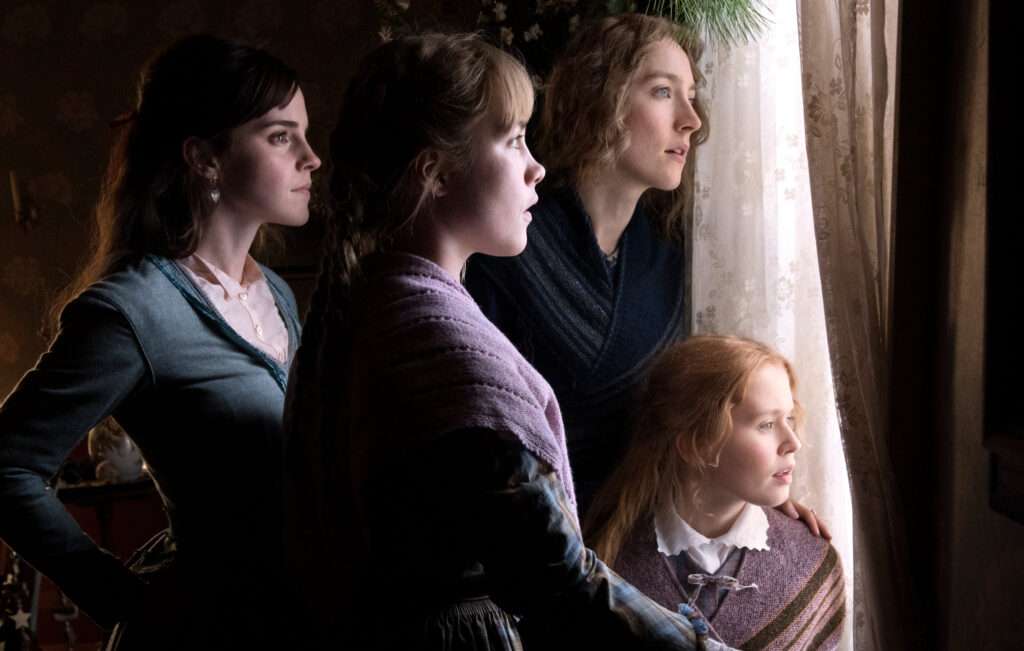
Only 7% of Movies in 2021 Featured More Women than Men, Study Finds
Male characters in films continued to heavily outnumber female characters in 2021, according to the latest it’s a Man’s (Celluloid) World study from Dr Martha Lauzen, executive director of the Center for the Study of Women in Television and Film at San Diego State University.
A hefty 85% of films featured more male than female characters, the study found. Male characters outnumbered females by almost two to one, and just 31% of films featured sole female protagonists. Only 7% of films had more female than male characters, while 8% of films featured equal numbers of female and male characters.
Major female characters in 2021 dropped slightly from 2020, from 38% in 2020 to 35% of major characters last year. Females made up 34% of all speaking characters, down from 36% in 2019, while sole female protagonists increased ever so slightly from 29% in the first year of the pandemic to 31% last year.
“Despite the major disruptions in the film business over the last couple of years, on-screen gender ratios have remained relatively stable,” Lauzen noted. “Last year audiences saw almost two male characters for every female character, and although women protagonists led some of the most high-profile films including ‘Spencer,’ ‘Being the Ricardos’ and ‘The Eyes of Tammy Faye,’ women comprised slightly less than one-third of sole protagonists last year.”
The study found that despite an increase in Asian and Latina roles for women, much of the uptick was concentrated in a handful of films. When those films were excluded from the count, roles for Asian and Latina performers dropped slightly or were flat from 2020.
Black females comprised 16.4% of major female characters, up from 13.2% in 2020. In 2021, 60.6% of female characters in speaking roles were white (down from 71.0% in 2020), 19.3% were Black (up from 16.9% in 2020), 9.5% were Latina (up from 5.8% in 2020), 8.4% were Asian or Asian American (up from 6% in 2020), 0.3% were Native American, 0.5 were MENA, and 1.4% were of multiple races or ethnicities.
The percentage of major Latina characters doubled from 5.7% in 2020 to 12.8% in 2021. However, if “Encanto,” “In the Heights,” “West Side Story,” “Spirit Untamed” and “Cry Macho” were excluded, the percentage of Latinas in major roles fell from 12.8% to 5.3%, slightly below the 2020s 5.7%.
Major roles for Asian and Asian American females roles went from 5.7% in 2020 to 10% in 2021, but again, the increase was due to films including “Shang-Chi and the Legend of the Ten Rings,” “Mortal Kombat,” “Minari” and “Raya and the Last Dragon.” Without those films, there were 6.7% of Asian and Asian American females in major roles in 2021, slightly above the 5.7% achieved in 2020.
“These findings suggest that the increases in Latinas and Asian and Asian American females in major roles are largely due to their presence in a handful of films, rather than their integration in a wide variety of films,” Lauzen concluded.
The study looked at over 3,100 characters appearing in the top 100 domestic grossing films of 2021, and also considered portrayals of women from Digital Entertainment Group’s Watched at the Home list. However, Netflix, Amazon Prime and Disney Plus do not contribute to the Watched at the Home list.

Other interesting observations of the study:
As in previous years, female characters tended to be younger than their male counterparts and more likely to have a known marital status, while male characters were more likely to have an identifiable occupation.
As far as age representation, the percentage of female characters experienced a precipitous drop from their 30s to their 40s (34% to 18%).
Female protagonists were most likely to appear in dramas (36%), followed by horror features (21%), animated features (18%), action features (14%), comedies (7%) and documentaries (4%).
Films with at least one woman director and/or writer were more likely than films with no women in these roles to feature higher percentages of females as protagonists, in major roles, and as speaking characters.
Since 2002, the study has considered the representation of over 25,000 characters appearing in more than 1,100 films. Lauzen’s other annual studies include the annual Celluloid Ceiling and Thumbs Down: Gender and Film Critics, and Why It Matters.

Magazine launched for helping women for success. Lakkars has always served and worked efficiently towards women empowerment, we have blossomed into America’s most-read fashion magazine.


